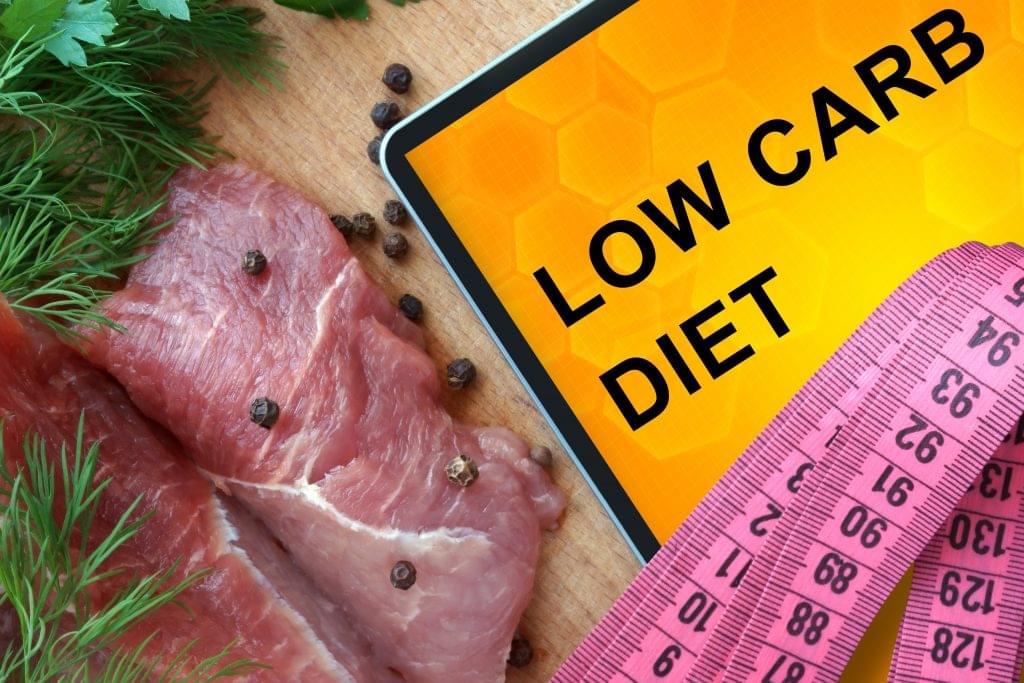Ketosis Definition: Ketosis is NOT Ketoacidosis
Ketosis Definition | Nutritional Ketosis Definition | Ketogenic Effect | Ketogenic Diet Ketone Levels
There has been a lot of confusion around regarding nutrition and ketosis. Ketosis should not be mistaken with ketoacidosis, which is a serious metabolic disorder. In ketoacidosis, excess ketone production makes the blood acidic. Ketosis, on the other hand, is the healthy metabolic condition where the liver breaks down fat to produce ketones for energy.
Ketosis Definition
 The human body is just like a machine that requires some form of energy to run. Glucose, coming from carbohydrate intake, is the primary source of energy for the body. Usually, cells draw glucose from the blood and break it down to produce energy. In fact, the liver stores the excess glucose as glycogen.
The human body is just like a machine that requires some form of energy to run. Glucose, coming from carbohydrate intake, is the primary source of energy for the body. Usually, cells draw glucose from the blood and break it down to produce energy. In fact, the liver stores the excess glucose as glycogen.
When the body is in short supply of carbs, it uses fats and proteins to produce energy instead. Now, the liver cannot break down the fat completely. Instead, it will produce ketone bodies. These ketones are then utilized for energy. When the body produces more ketones than it needs, the blood ketone level increases and puts the body into the state of ketosis. Once in this state, the body uses fat as energy. A low-carb, high-fat, moderate-protein diet like keto diet can put a person into ketosis.
The liver produces ketones all of the time, not just when the glycogen stores deplete. Generally, the excess of ketones are exhaled through breath, or, the kidneys excrete them through urine. During ketosis only, ketones become the prime energy source. Essentially, the fat that you are consuming is being transferred directly into energy once you have achieved a state of ketosis.
What Do You Mean By Nutritional Ketosis?
 Let’s get a bit more technical: When the blood ketone level rises more than the general level, the body goes into ketosis. When a person consumes less than 60g of net carb daily, the ketone level of the body rises to 0.5mmol/L. This is 10 times higher than the general ketone level of a person consuming 300g of carbs daily. During fasting, the body also generates ketones. It’s a normal physiological process. After a 12-hour fast, one can go into mild ketosis, with ketone concentration of 1 mmol/L. When fasting longer, the concentration can reach up to 8 – 10 mmol/L.
Let’s get a bit more technical: When the blood ketone level rises more than the general level, the body goes into ketosis. When a person consumes less than 60g of net carb daily, the ketone level of the body rises to 0.5mmol/L. This is 10 times higher than the general ketone level of a person consuming 300g of carbs daily. During fasting, the body also generates ketones. It’s a normal physiological process. After a 12-hour fast, one can go into mild ketosis, with ketone concentration of 1 mmol/L. When fasting longer, the concentration can reach up to 8 – 10 mmol/L.
In effect, nutritional ketosis is how the body normally responds to fasting or carb restriction.
Ketoacidosis
Ketosis is not ketoacidosis. Although ketones are acidic in nature, the body can keep it within normal limits during ketosis. However, when anyone unable to secrete insulin exceeds the ketone levels, the blood gets acidic and causes ketoacidosis. If not treated, the consequences could be deadly. Based on the causes, it is divided into two types: Diabetic Ketoacidosis, occurring among people with type-1 diabetes, and Alcoholic Ketoacidosis, happening to alcohol-addicts.
Ketogenic Diet
 The ketogenic diet focuses on eating food rich in healthy fat, a moderate amount of protein and a limited amount of carbs. It is a strict diet and contradicts the traditional definition of nutrition. Though it’s hard to imagine that a diet that tells you to eat bacon and butter can be healthy, the Keto Diet actually is! There are several other health benefits that ketogenic diet offers, like weight loss, lowered insulin, triglycerides and elevated HDL cholesterol. Certainly, keto diet helps people with obesity problems, diabetes and cancer as well.
The ketogenic diet focuses on eating food rich in healthy fat, a moderate amount of protein and a limited amount of carbs. It is a strict diet and contradicts the traditional definition of nutrition. Though it’s hard to imagine that a diet that tells you to eat bacon and butter can be healthy, the Keto Diet actually is! There are several other health benefits that ketogenic diet offers, like weight loss, lowered insulin, triglycerides and elevated HDL cholesterol. Certainly, keto diet helps people with obesity problems, diabetes and cancer as well.
Symptoms of a Lowered Carbohydrate Supply
Even though it’s a normal response of the body to the decreased carb supply, early stages of the Keto Diet causes a few undesirable initial effects such as:
-
Tiredness.
-
Headache, dizziness, confusion.
-
Dry mouth, dehydration.
-
Frequent urination.
-
Constipation.
-
Fruity-like bad breath.
Don’t worry, these initial side-effects are temporary. Taking plenty of water with salt will help deal with these symptoms. Magnesium supplements will further help.
To check if your body has gone into a state of ketosis, you can check your blood, urine or breath samples with a blood ketone analyzer, urine strips or breath analyzer for increased ketone levels. A blood analysis is the most reliable and acute testing method.

Ketosis Definition | Nutritional Ketosis Definition | Ketogenic Effect | Ketogenic Diet Ketone Levels














